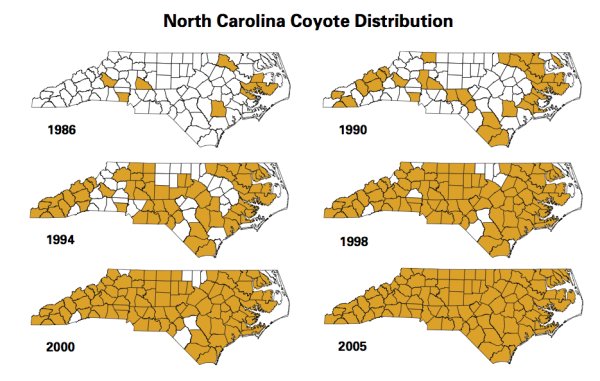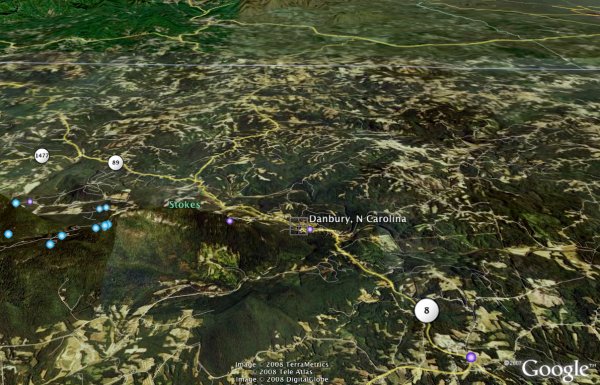My internet antenna. It’s a 12-inch omnidirectional antenna. The fencing is a quick-and-dirty ground plane.
Last year I started using Alltel’s EVDO wireless system for internet access. I had a rough start with slow speeds, but after some nerdly noodling the system settled down and was pretty reliable, with typical download speeds of 500 kbps and typical upload speeds of about 90 kbps. This is not as fast as DSL, but here in rural America where we don’t have DSL, that was a pretty good speed.
Then, about a week ago, my speeds suddenly dropped from EVDO speeds to what is called “1x” speed — 130 kbps down and 40 or so kbps up. Very bad. When I called Alltel tech support, the tech told me that I had almost certainly been roaming to a Sprint tower for all those months, and that, because of the Verizon merger with Alltel, the roaming agreement with Sprint had ended. Now, he said, I would have to connect with an Alltel tower or a Verizon tower. All Alltel towers support 1x, but not all of them support EVDO.
On Sunday, tired of working on the new house, I decided to do some nerd work. I put a directional EVDO antenna on a portable mast and turned it in all directions, searching for a (possibly distant) tower that would give me EVDO speeds. I could get a 1x signal by pointing in almost any direction. In some directions I could detect a faint (-117 dBm) EVDO signal, but the signal was too faint to connect to. Disappointed, I reconnected the omnidirectional antenna that I’ve been using for months. I found that I could get a slightly stronger 1x signal if I improved the antenna’s ground plane by putting some metal fencing under the antenna. Slight improvements in antenna efficiency never do any harm.
To my surprise, about an hour later, I found that I was getting EVDO speeds again, better than the speeds I had all winter. I have no idea what changed.
Without accurate and up to date information on exactly where different carriers’ towers are located, and what data services are supported on those towers, making EVDO work out in the sticks is guesswork and voodoo. Plus I’ve never had an opportunity to talk with anyone who truly understands how cellular technology works. The employees of cell phone companies know nothing beyond “what PRL are you using.” At this point I have no idea whether I’m connected to an Alltel tower or a Verizon tower, or where that tower is. One of my nerdly rules is, if it’s working good, leave it alone. The high speed connection has been up for 14 hours. I hope I can hold on to it.
People think I’m weird because my cell phone (a Motorola M800 bag phone) weighs 10 pounds, and my data card (a Kyocera KPC680) has an outdoor antenna. But, here in the sticks, I would never consider buying a cell phone or a data device that can’t be connected to a proper outdoor antenna. The built-in antennas are pathetic and work well only when they’re close to a cellular tower.

.82 Mb/s = 820 kbps. That would be a decent speed on DSL, and it’s a great speed for rural EVDO.



